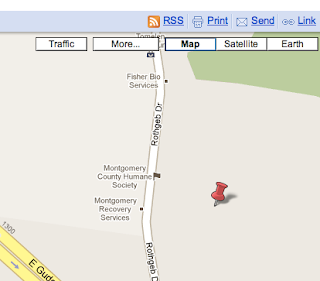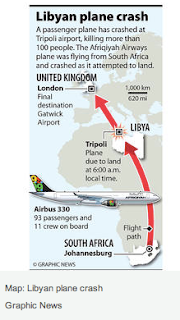Since a few people in class seemed to have trouble altering the coding on their Google maps so they displayed with the correct amount of zoom, I thought it would be helpful to explain what I did. I had to adjust mine several times before I figured it out, and it was pretty much the only time I ever felt like a computer genius, so here goes:
After you create your map, click on the 'link' button in the upper right corner:

Then, in the box that pops up, click 'customize and preview embedded map.'
A screen will appear where you can change the size and orientation of your map, and you'll notice that the coding in the box corrects itself whenever you make a change. This lets you zoom out on your map to show all your pinpoints (if you have a large area), or zoom in to show individual streets (if you have a small area).
I think Google maps can be a useful tool when writing for the Web. Since so many people already use it, readers won't feel uncomfortable with the technology. The interactive element also makes it especially good for Web writing, because it allows the reader to use the tool, rather than just look at it. Newspapers and magazines can have some well-constructed infographics, but many of these would not stand up to the Web.

For example, this infographic from the Christian Science Monitor story about the Libyan plane crash has a map and an illustration of the plane, all in one small space. The reader gets a lot of information, and the publication doesn't have to worry about taking up precious real estate in the ever-shrinking news hole. However, if they were to put this on the Web, there would need to be some sort of interactive element to draw in the reader.
My only problem with Google maps is that it can sometimes seem a little boring and pedestrian. Has anyone ever used any other programs to create maps or infographics for the Web?




